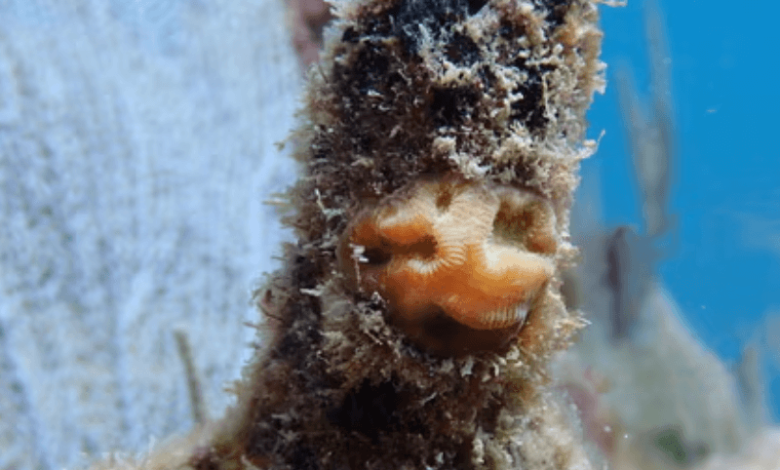Scientists surprised as majority of IVF corals survive mass bleaching event : Environment Report

Young corals bred using the IVF technique or the In Vitro Fertilisation method have shown remarkable results that have startled marine scientists. The corals were planted around the US, Mexico, and the Caribbean Islands. The astonishing fact is the new corals survived the record marine heatwave while most of the older ones perished.
The study found that 90 percent of the young IVF-created corals surveyed remained healthy and colourful, holding on to the algae that reside within them and supply nutrition. Contrastingly, about a quarter of the non IVF older corals remained healthy.
The rest of the large colonies of corals living for centuries were either bleached by the heat expelling the living algae from their tissues and turned white or turned pale after the same process. There were also some specimens that died due to the extreme temperature in the waters while the study was being conducted.
Researchers such as Dr Margaret Miller who is a director at the Secore International, a reef conservation organisation states, “The heatwave was a horrible time. But I was impressed and surprised that the data came out with such an extreme pattern.”
The young corals that survived were bred over the past 5 years by Secore using IVF method. The divers used to collect the coral spawn that used to fertilise the eggs in the lab. As a result the baby corals that hatched were then planted across the Caribbean reefs to form colonies.
Earlier, most coral restoration techniques were based on fragmentation where the living corals used to be broken down and planted elsewhere to make them grow into new colonies. But recent studies and methods such as IVF have given a new breakthrough and hope to marine scientists, biologists and researchers worldwide.



